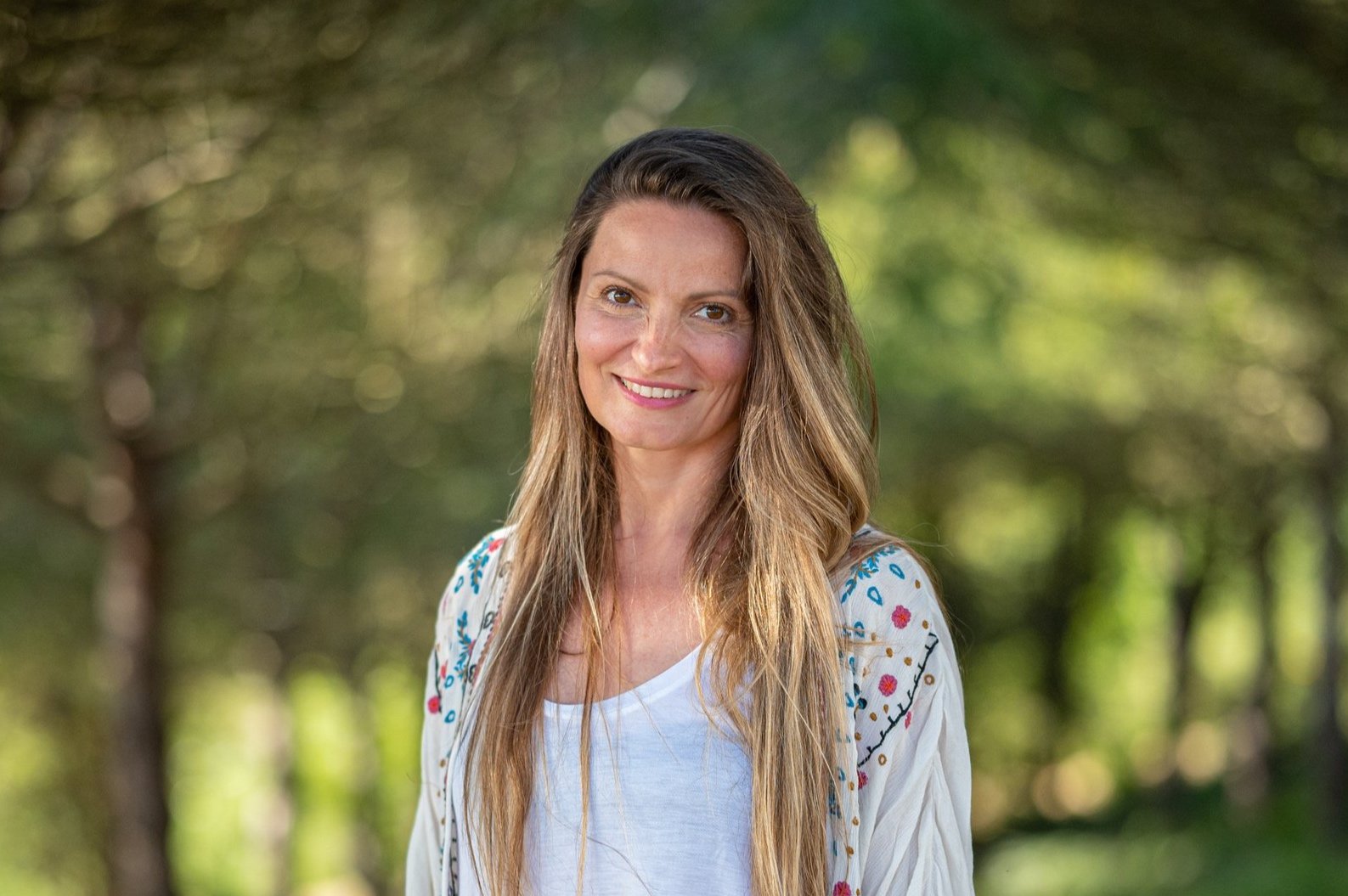Ayurvedic Wisdom for a Harmonious Winter Season
Ayurveda, the ancient system of holistic healing from India, offers profound insights into how to align our bodies and minds with seasonal rhythms. As we embrace the winter season in the Northern Hemisphere, Ayurveda emphasises the importance of adapting our lifestyle, diet, and self-care practices to harmonise with the changing flow of nature. In this final blog in the Ayurveda series, here is some advice for the winter season so you can nurture well-being during the colder months.
Kapha season
Winter is often considered a Kapha-dominant season in Ayurveda. Kapha is associated with the elements of earth and water, and its qualities include heaviness, coldness, dampness, and stability. During the winter season, the weather tends to be colder, damper, and heavier, and these Kapha qualities become more prevalent in our body/mind. This means that we can suffer from excess Kapha during winter months, especially if Kapha is your predominant dosha. Still, this can be avoided by adopting some Ayurvedic principles for the winter season. Here is how.
Dietary Recommendations
As the external environment becomes cold, Ayurveda suggests incorporating warm and nourishing foods into our diet. This includes hearty soups, stews, and grain-based dishes that provide essential nutrients and comfort.
Ayurveda encourages using warming spices like ginger, cinnamon, and black pepper to ignite the digestive fire (Agni). These spices enhance flavour, aid digestion, and help combat the cold qualities of winter.
Daily Routines
Hydrating and Oiling: while it's common to feel less thirsty during winter, staying hydrated is crucial. Sipping warm herbal teas throughout the day will keep you hydrated and warm. Additionally, incorporating healthy oils, such as sesame and almond oil, into cooking and self-massage (Abhyanga) can be balancing. Regular self-massage with warm oils nourishes the skin and helps soothe the nervous system. Paying attention to the joints and extremities can alleviate the stiffness associated with winter.
Engaging in regular physical activity to balance Kapha's tendency toward stagnation and lethargy. Even though winter is a time for self-reflection and slowing down, slowing down too much can throw us out of balance. A combination of nourishing, restorative Yoga and more dynamic classes is a good practice for the winter season.
Winter is an excellent time to cultivate mindfulness through practices like gentle pranayama and meditation, as well as self-reflective practices such as journaling.
Final thoughts
In embracing Ayurvedic principles for the winter season, we embark on a journey of self-care that aligns our bodies and minds with the natural rhythms of the world around us. By adopting warming foods, nurturing daily routines, and engaging in mindful self-care practices, we not only shield ourselves from the challenges of winter but also enhance our overall well-being. Ayurveda invites us to become attuned to the subtle dance of energies within and around us, promoting a sense of harmony and vitality that transcends the cold embrace of the season.
Still, it is essential to note that Ayurveda is a holistic system that considers the individual's unique constitution (Prakriti) and current state of imbalance (Vikriti). Recommendations are personalised based on an individual's dosha constitution and the specific imbalances they may be experiencing. Before making significant lifestyle or dietary changes based on Ayurvedic principles, it's advisable to consult with a qualified Ayurvedic practitioner or healthcare professional who can provide personalised guidance tailored to your specific needs and constitution.
Nina Vukas
Nina is the founder of Spanda Institute, Program Director and a Lead Teacher for Advanced Study Programs, Yoga Therapist, Somatic Psychotherapist, Mindfulness and Meditation teacher, and forever a student. Currently, she is studying Psychology. She is also an environmentalist, trying to live a sustainable lifestyle and inspire others to do the same.



